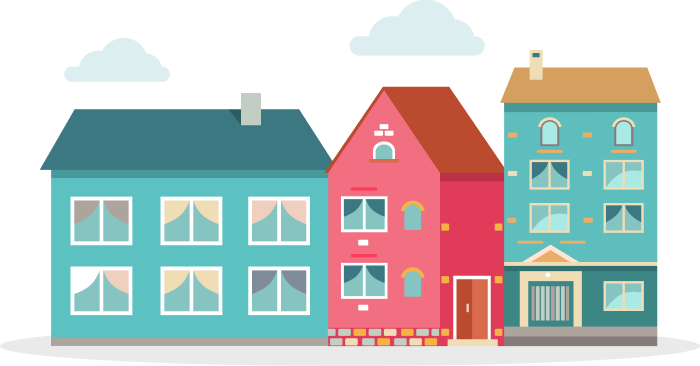Racine
We did the research. Find a place to call home.
B+
Quality of Life Score
Racine Information
75,875
Total Population
45%
Married Persons
55%
Single Persons

7/10
City Rating
City ratings are often based on a variety of factors including quality of life, economic opportunities, safety, education, and more. A rating of 7 or higher might suggest a city with a relatively high quality of life and desirable living conditions. A rating below 5 might indicate challenges or lower overall satisfaction.
7/10
Overall Value
This is a broader rating that takes into account multiple factors affecting the overall appeal of a city. Ratings above 7 might indicate a highly attractive city, while those below 5 might suggest areas for improvement.
10/10
Density (Population per mile²)
City density refers to the concentration of people living within a city's geographic area. It is typically expressed as the number of residents per square mile or square kilometer. Higher density indicates that more people live in a given area, leading to potentially busier streets, more crowded living conditions, and increased access to amenities and services.
3500
Racine
260,000
Reno
City Info
Racine, Wisconsin, is the fifth-largest city in the state with a 2025 projected population of about 75,875. The city has experienced a slight population decline at a rate of -0.48% annually, with a total decrease of about -2.34% since 2020. Racine is racially diverse, with approximately 56.7% White, 20.5% Black or African American, 23.3% Hispanic or Latino, and smaller percentages of other races and multiracial residents. The median age is 35.6 years, and the average household income is approximately $69,839, with a poverty rate near 18%. Racine serves as a regional industrial and cultural hub with a strong community identity.
Residence
40% (Homes Rented)

30 Years
Median Home Age
$250,000
Median Home Price
2%
Home Aappreciation Rate
1%
Annual Property Tax
Weather
80%
Sun
5%
Rain
5%
snow
Residence
Racine enjoys good air quality and a temperate climate with warm summers and cold winters. The housing market offers affordable options with moderate appreciation. The city has a balanced mix of homeowners and renters.
Community
7
Crime Rate (per 100,000)
Democratic
Political Majority
36
Average Age
Community
Racine is a diverse and inclusive community with a moderate crime rate and active civic engagement. The city has a Democratic political majority and a balanced demographic profile
Locale

Occupation
25%
Management, Business, Art & Sciences
20%
Sales & Office Occupations
20%
Service Occupations
15%
Production, Transportation & Material Moving
5%
Natural Resources, Construction & Maintenance
Education
1:20
Student Teacher Ratio
25%
High School Diploma
30%
Some College or Associates Degree
15%
Bachelors Degree
10%
Graduate or Professional Degree
Locale
Racine’s economy is supported by diverse employment sectors including manufacturing, healthcare, and professional services. The city has a well-educated workforce and invests in education and infrastructure.
Transit
27%
Public Transportation
70%
Car
10%
Carpool
10%
Work At Home
Transit
Racine offers public transportation including bus services. Most residents rely on personal vehicles, with commute times slightly below the national average. The city continues to develop transit options to improve accessibility and reduce congestion.


